How Avocados Are EatenRich in heart-healthy fats, avocados provide a delectable substitute for butter and mayonnaise in baked goods and sandwiches. You can eat them raw in salads or as guacamole. Try to consume a serving—roughly one-third of a medium avocado—daily. A ripe avocado should give way when lightly compressed and have a rough texture.

When avocados aren't overripe, their dark outer covering can be easily peeled off. Should you discover that some of the outer skin remains affixed to the flesh, carefully slide a spoon under the skin and extract it.
An alternative method involves halving the avocado and inserting a chef's knife lengthwise into the pit, then twisting to remove it. It can be difficult to avoid cutting yourself, so you might need to practice. This technique can get your fingers a little messy and also requires a sharp knife.

Avocados that have been sliced or diced can be kept from browning by covering them and putting them in a bowl of water until they are needed. This is really useful for guacamole, salads, and sandwich making.
To chop an avocado, place it on a sturdy cutting board and cut around the pit lengthwise with a chef's knife. Then, carefully separate the two halves.
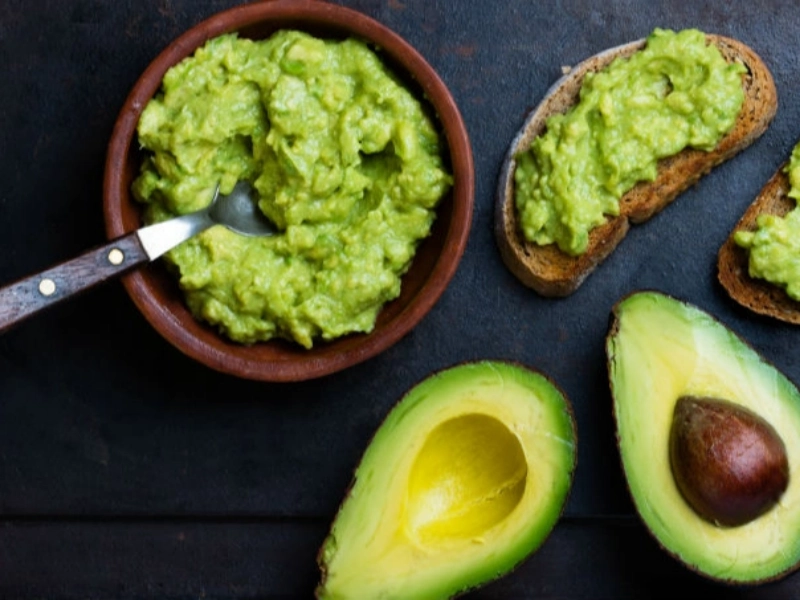
Babies can begin to consume pureed avocado around 9 to 10 months old to help them learn to grasp diverse textures and strengthen their pincer grasp. To give their nutrition more diversity, combine it with different fruits and vegetables.
Squeeze your avocado gently to make sure it's ripe. It needs to be somewhat flexible yet firm. It should smell slightly sweet as well, not sour or putrid. If it fails the test, let it continue to ripen on the counter.
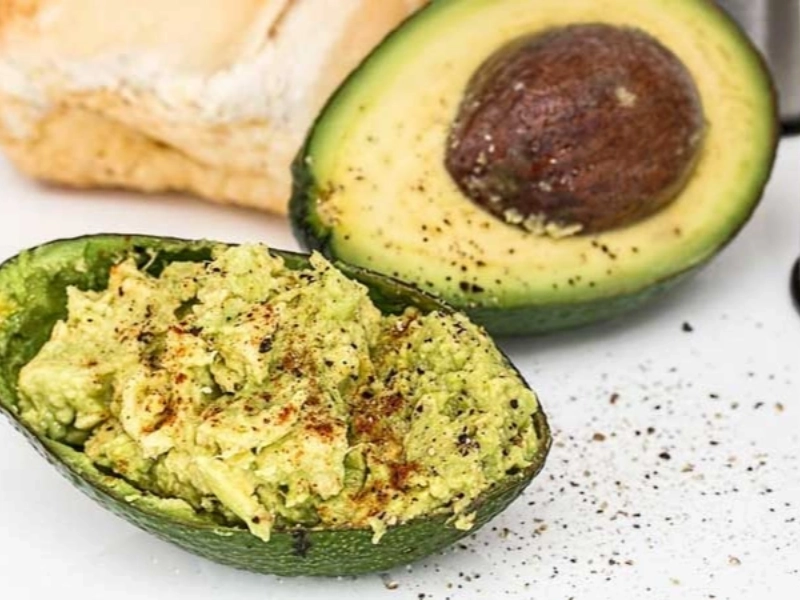
Make guacamole to serve as a delicious side dish or as a creamy dip for chips. It can also be used to swap out bad fats in deviled eggs, tuna salad, and other dishes.
Take an avocado and ripen it to perfection. Squeeze it gently; it should give somewhat without becoming very firm or soft. Additionally, see if the avocado can be easily pulled off the stem to see if it is ready to eat.
For flavour, add garlic, onions, and lime juice. Mash the avocado coarsely with a fork or potato masher for a less thick guacamole.
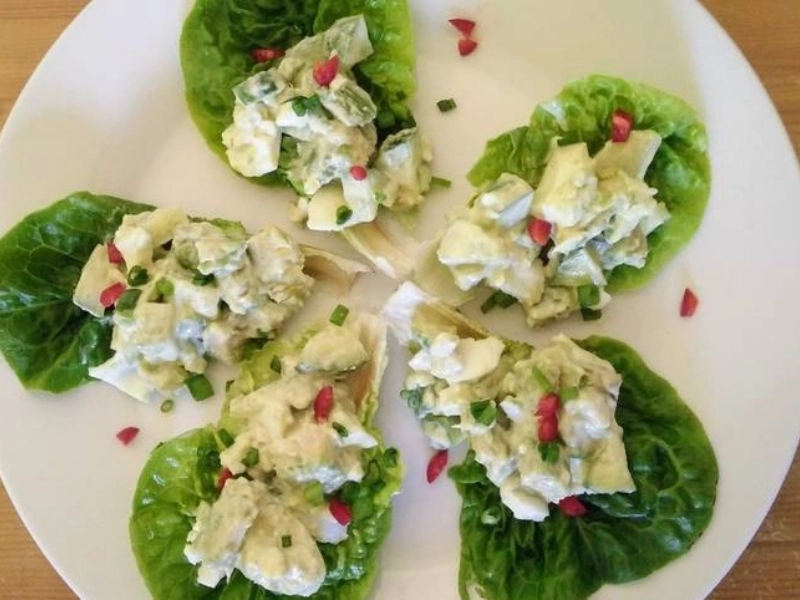
With so many different topping options, avocados are the ideal base for salads. To reduce saturated fat and boost heart-healthy unsaturated fats, try sprinkling sliced avocado with salt and pepper or using it in place of mayonnaise or other spreads on sandwiches.
Monounsaturated fatty acids, fibre, potassium, and vitamin E are just a few of the heart-healthy components found in avocados. They are the perfect nutritious snack and may be consumed with any meal. Make sure to look for ripeness indicators on the skin. If it peels easily, it's ready.
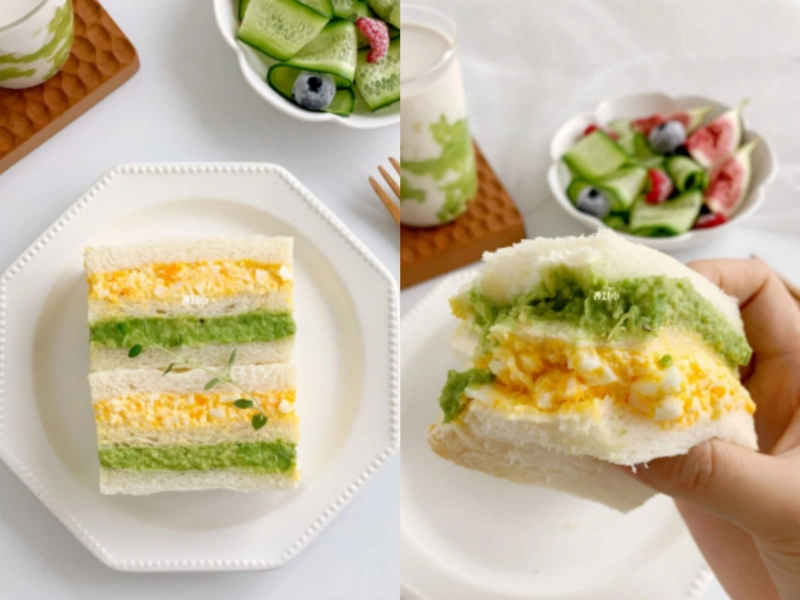
Avocado is becoming more and more common in sandwiches, both grilled and cold. In addition to providing nutrients, its creamy texture makes it a superb mayonnaise substitute.
Spread two slices of bread with mashed avocado, then top with cucumber, tomato, red onion, feta cheese, alfalfa sprouts, and rocket to create a tasty sandwich. For added flavour, you can also add a small amount of mustard. This lunch is high in protein and fibre and suitable for vegetarians!
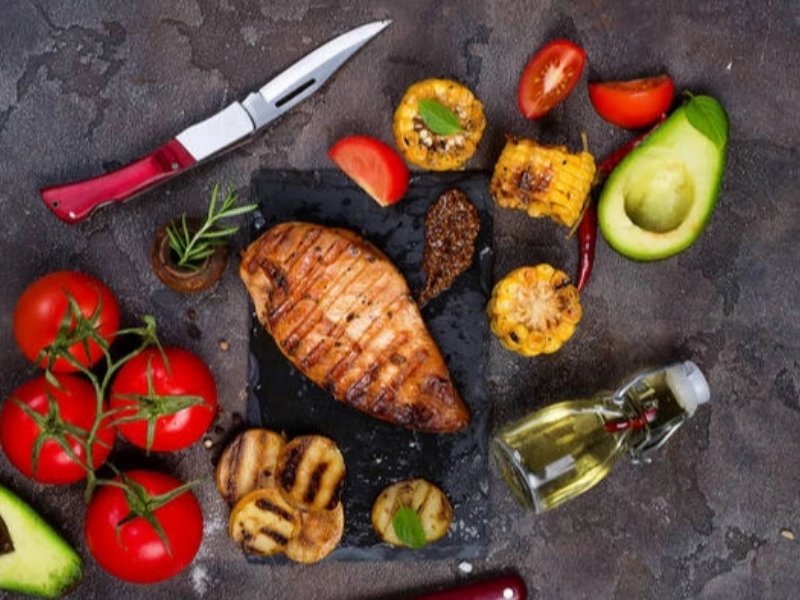
Nutrients that are good for the heart, such as potassium, magnesium, folate, fibre, monounsaturated fats, and polyphenols, are abundant in avocados. When consumed frequently, they can help lower cholesterol and lower your risk of heart disease.
Choose avocados that feel firm to the touch yet are still tender. Additionally, the flesh should be easily pressed; an avocado that is ripe will give way under pressure. After cutting or slicing your avocado, you can keep it fresh for up to two days by storing it in an airtight container with a little lemon juice.

Although they might be rather perishable, avocados are incredibly versatile. Because of this, it's critical to understand proper avocado storage techniques so that they can be used in meals and last longer.
Peel and pat avocados dry before freezing. Peel or scrape out the flesh next (if needed). Split it into tiny heaps and place on a parchment paper-lined baking pan. Put it in the freezer until it solidifies.
They can be used in smoothies and salad dressings once they are frozen.